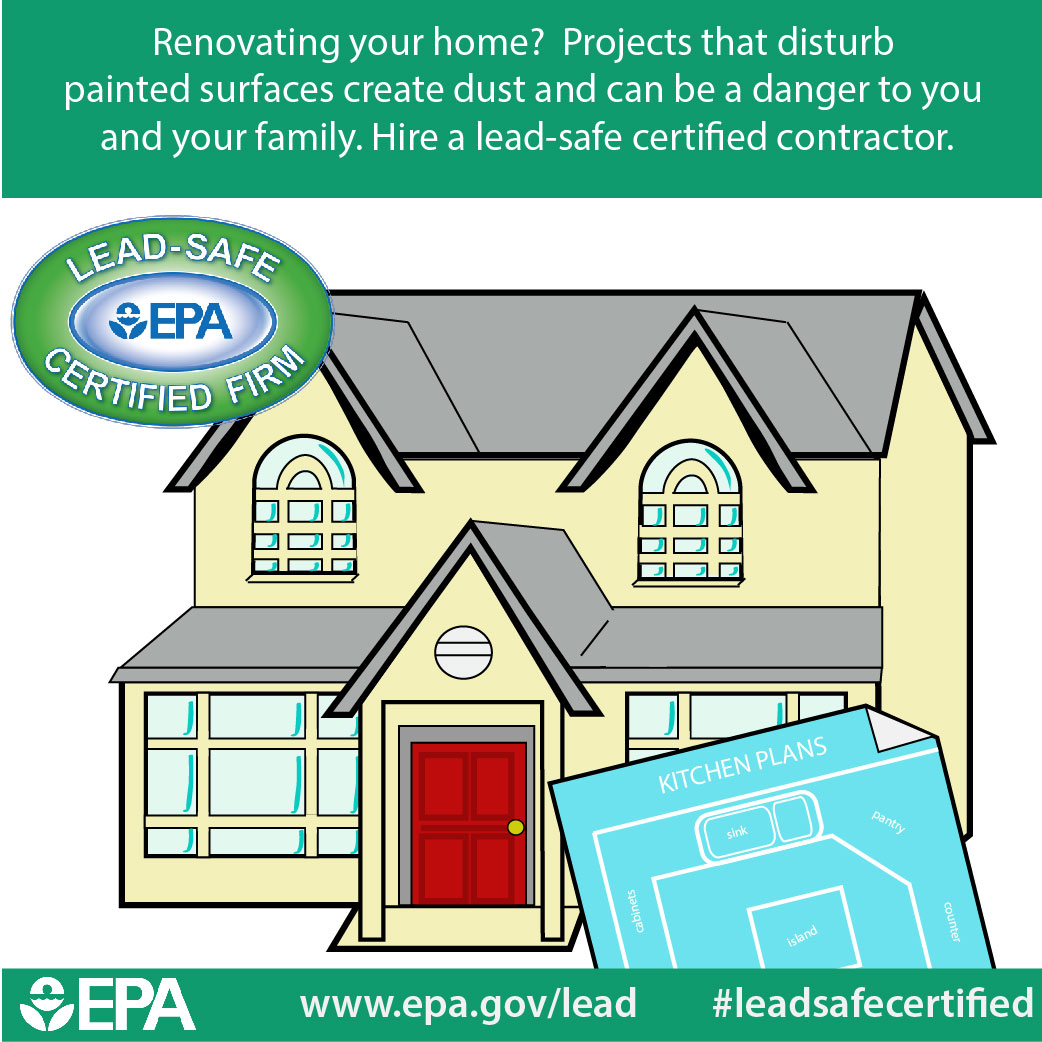Figure Out How Seasonal Factors Affect Commercial Outside Painting Success And Uncover The Most Effective Times To Make Certain Long-Term Outcomes For Your Job
Figure Out How Seasonal Factors Affect Commercial Outside Painting Success And Uncover The Most Effective Times To Make Certain Long-Term Outcomes For Your Job
Blog Article
Content By-Fox Rosendal
When you're preparing an industrial exterior paint job, seasonal factors can make or damage your outcomes. You'll wish to consider exactly how temperature and moisture impact paint application and drying out times. Choosing the appropriate season can ensure your paint adheres effectively and lasts much longer. Yet which periods are truly the very best for this sort of work? Let's check out the key elements that can impact your job's success.
The Influence of Temperature on Paint Application
When you're preparing a business external painting job, the temperature can dramatically affect how well the paint sticks and dries.
Ideally, you intend to repaint when temperature levels range between 50 ° F and 85 ° F. If it's too chilly, the paint might not cure appropriately, leading to problems like peeling or breaking.
On the flip side, if it's too hot, the paint can dry out too rapidly, avoiding proper attachment and resulting in an unequal coating.
You should additionally think about the time of day; morning or late afternoon uses cooler temperature levels, which can be extra beneficial.
Always examine the manufacturer's recommendations for the certain paint you're making use of, as they often supply support on the perfect temperature level variety for ideal results.
Humidity and Its Impact on Drying Times
Temperature level isn't the only environmental aspect that affects your business outside painting job; moisture plays a considerable function as well. Suggested Webpage can decrease drying out times substantially, influencing the general high quality of your paint work.
When the air is filled with moisture, the paint takes longer to cure, which can cause concerns like inadequate attachment and a greater risk of mildew growth. If you're repainting on a particularly humid day, be planned for prolonged wait times between layers.
It's critical to check neighborhood weather conditions and strategy accordingly. Preferably, go for humidity levels between 40% and 70% for ideal drying.
Keeping these consider mind ensures your task remains on track and supplies a long lasting surface.
Best Seasons for Commercial Exterior Painting Projects
What's the most effective season for your industrial exterior paint tasks?
Spring and very early fall are typically your best bets. Throughout these seasons, temperature levels are mild, and humidity degrees are commonly lower, producing ideal problems for paint application and drying.
Prevent summer season's intense heat, which can trigger paint to dry as well rapidly, resulting in inadequate bond and coating. Likewise, winter season's cold temperature levels can hinder correct drying out and healing, taking the chance of the long life of your paint work.
Go for days with temperatures in between 50 ° F and 85 ° F for optimal outcomes. Keep in mind to check the local weather forecast for rainfall, as wet problems can ruin your task.
Preparation around these aspects guarantees your painting job runs efficiently and lasts longer.
Conclusion
To conclude, planning your industrial outside paint jobs around seasonal factors to consider can make a considerable difference in the result. By scheduling work throughout the optimal temperatures and humidity degrees, you'll make certain better attachment and drying out times. house color selection in mind to watch on neighborhood weather prediction and pick the correct time of year-- spring and very early loss are your best bets. Taking these actions will certainly aid you attain a resilient and professional finish that lasts.
